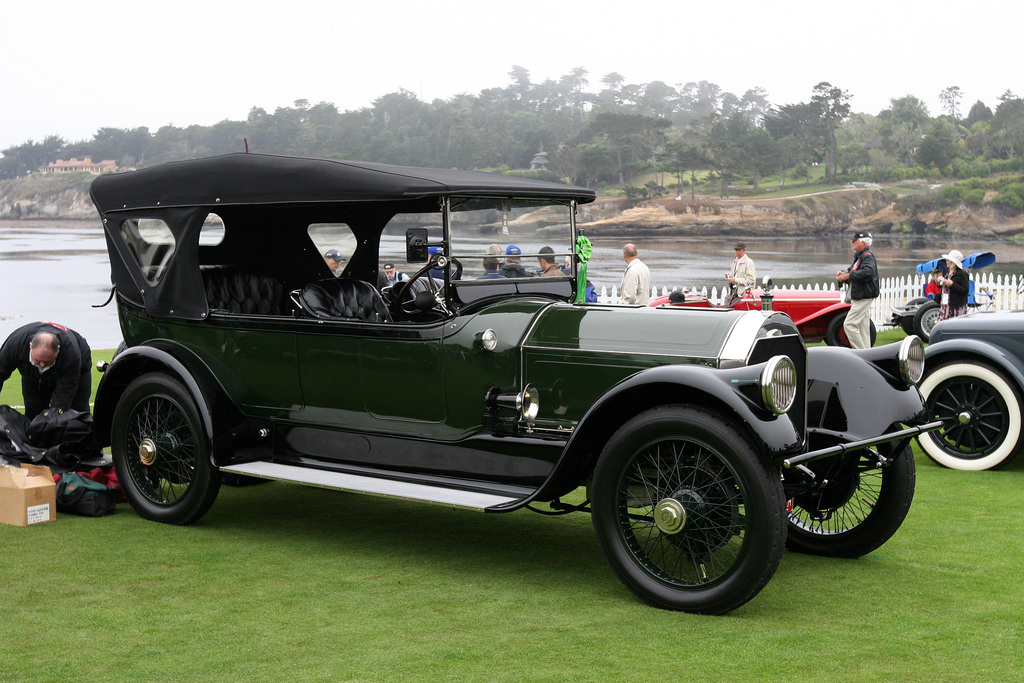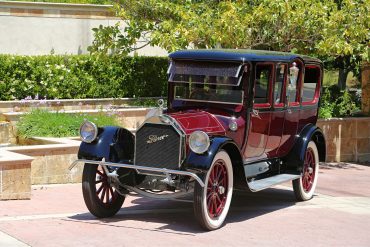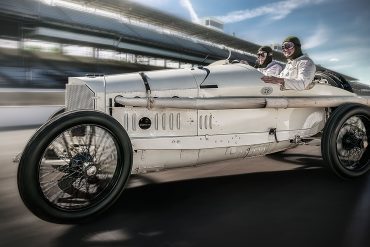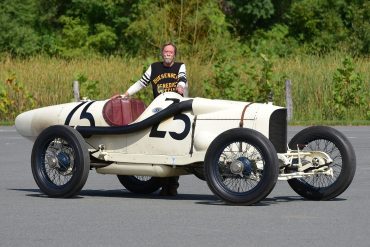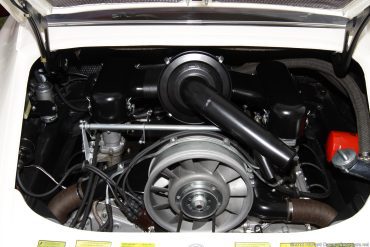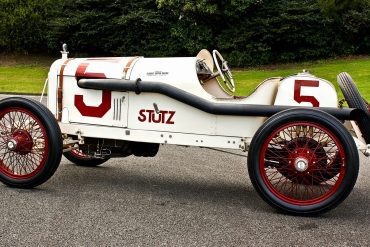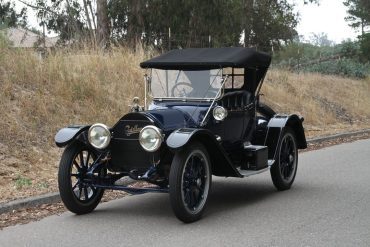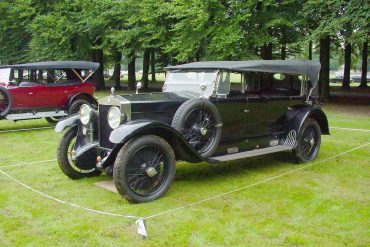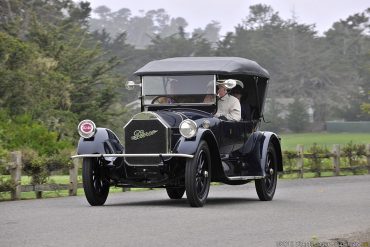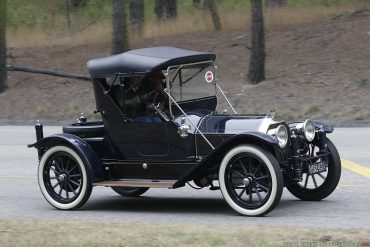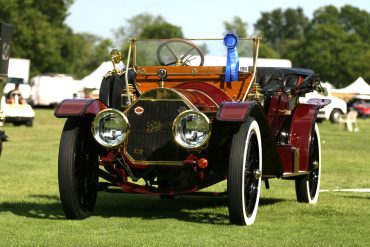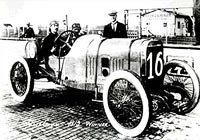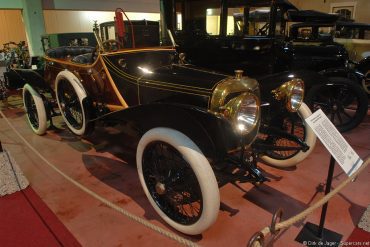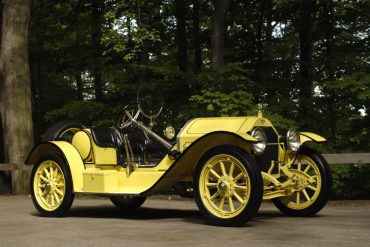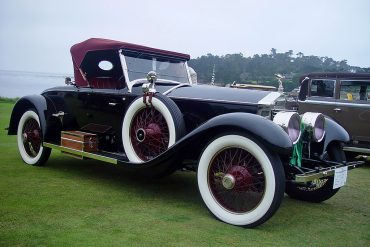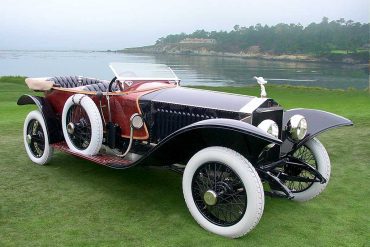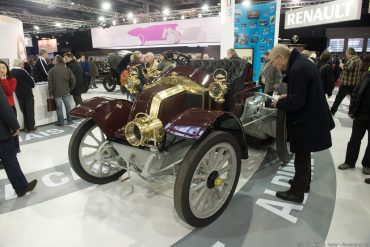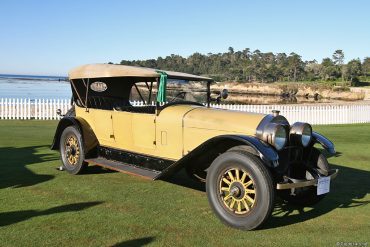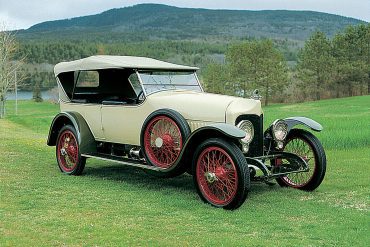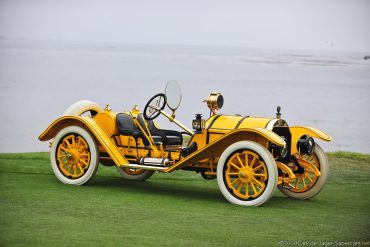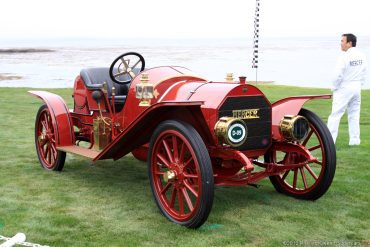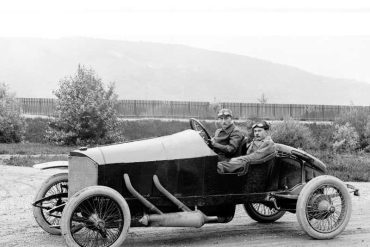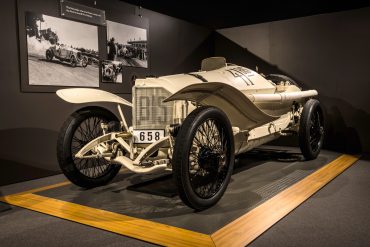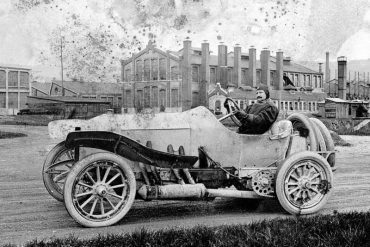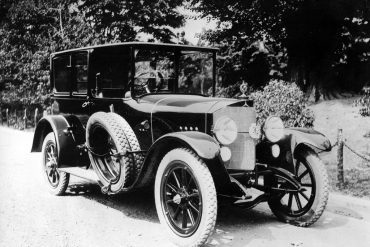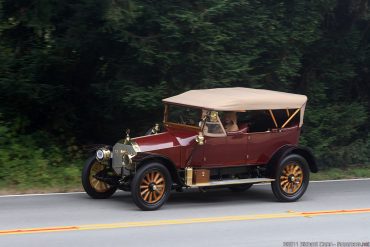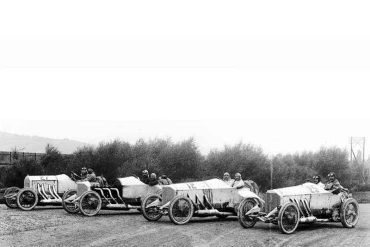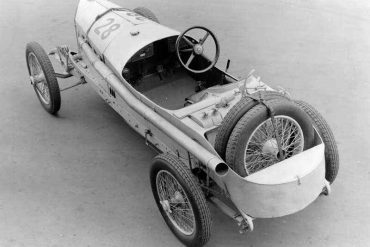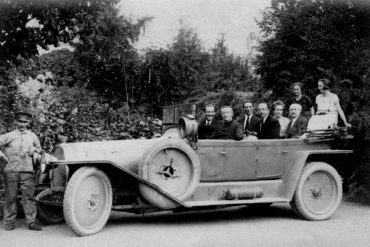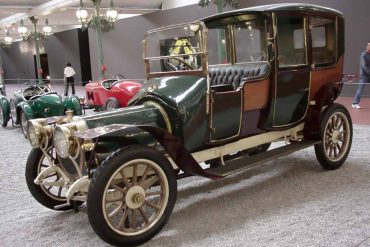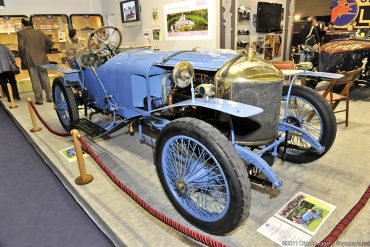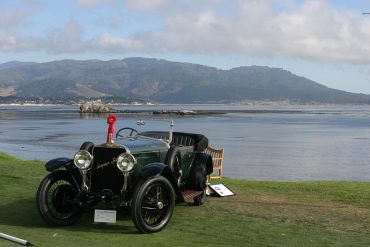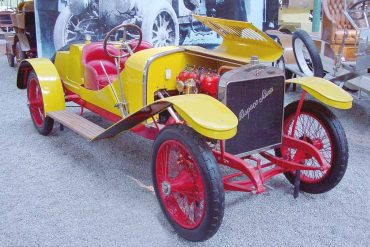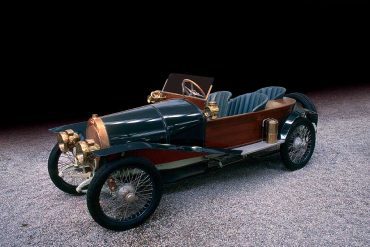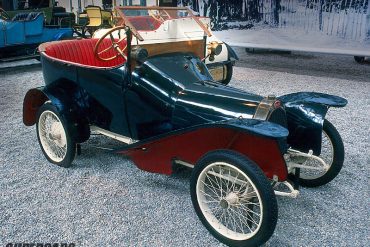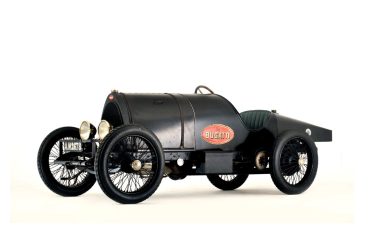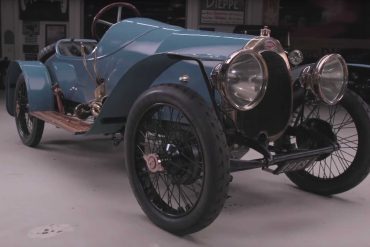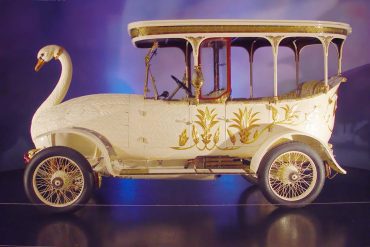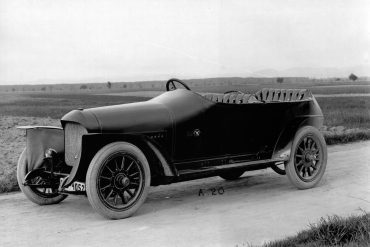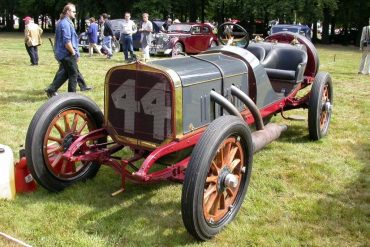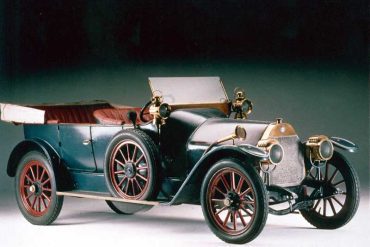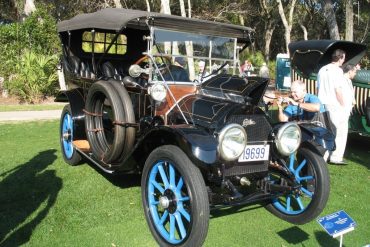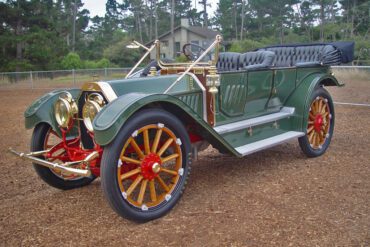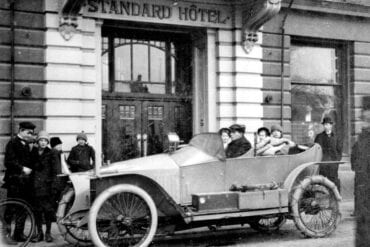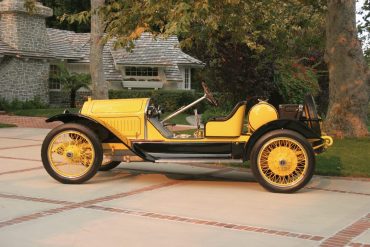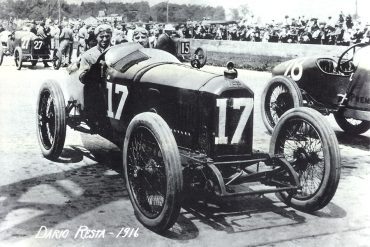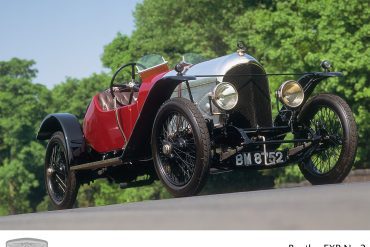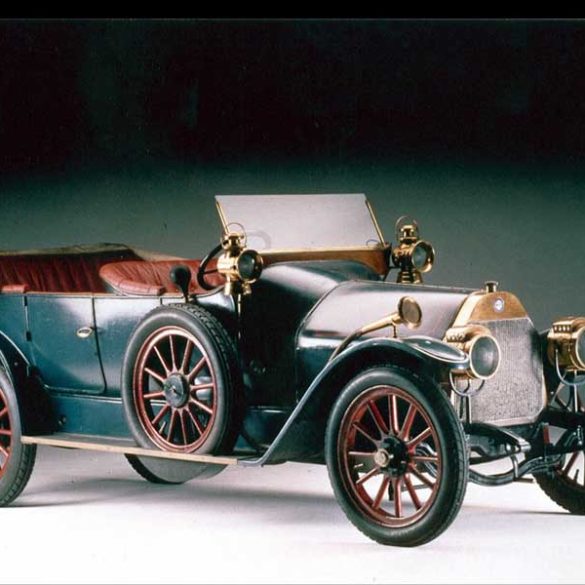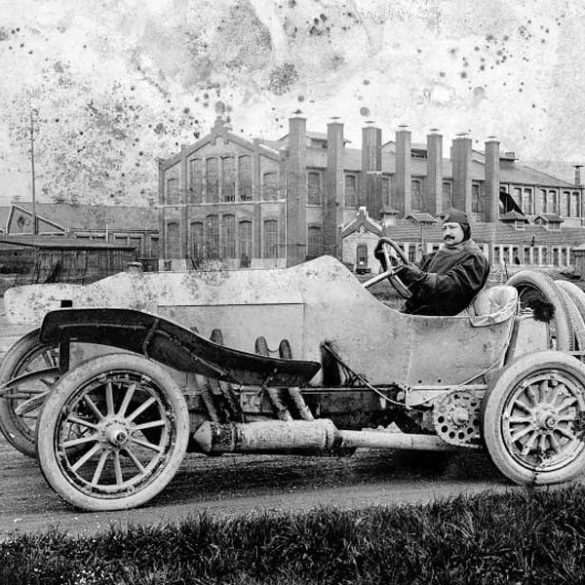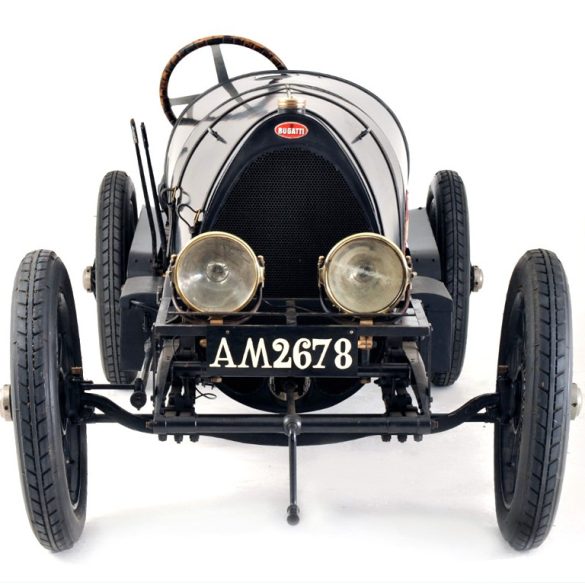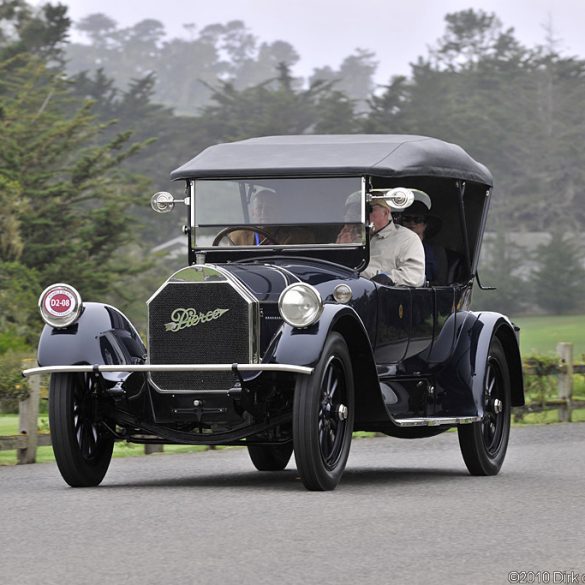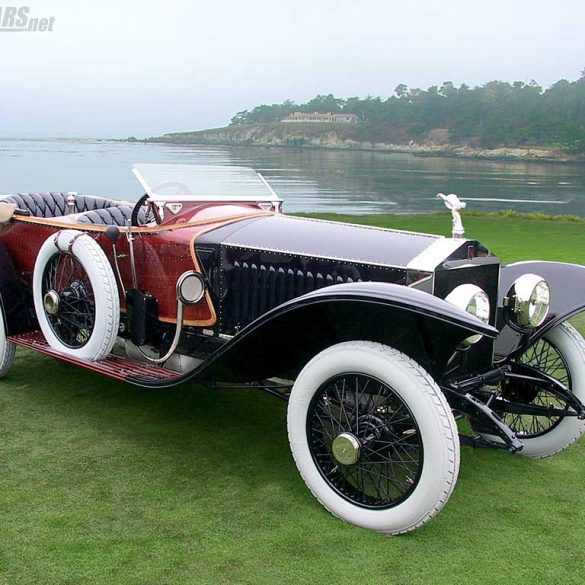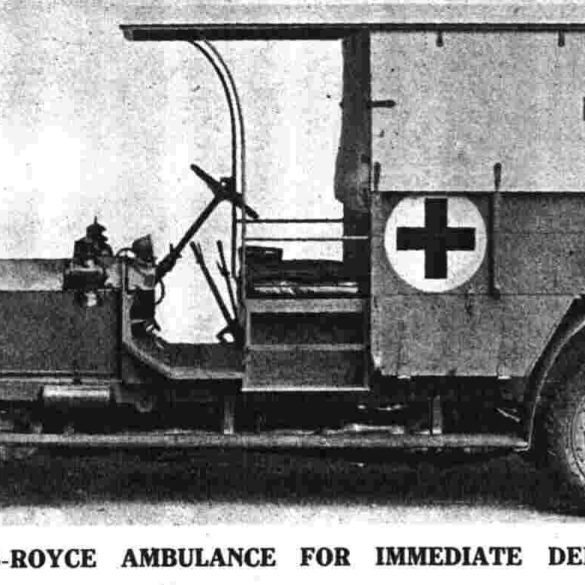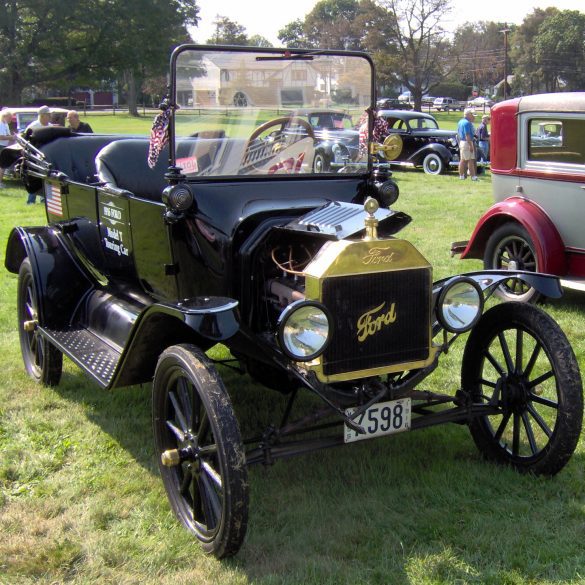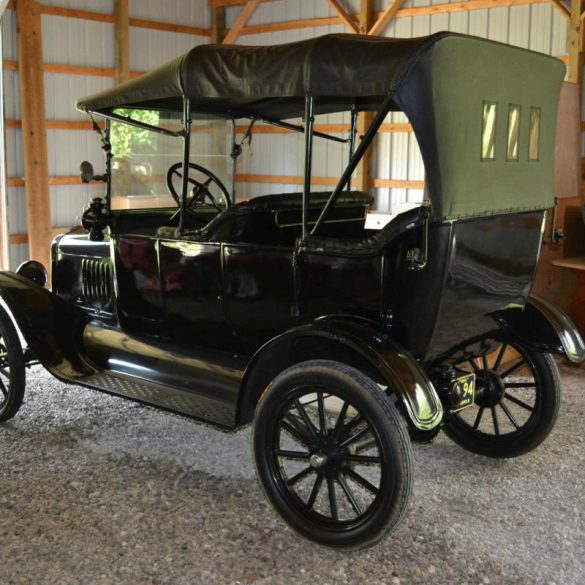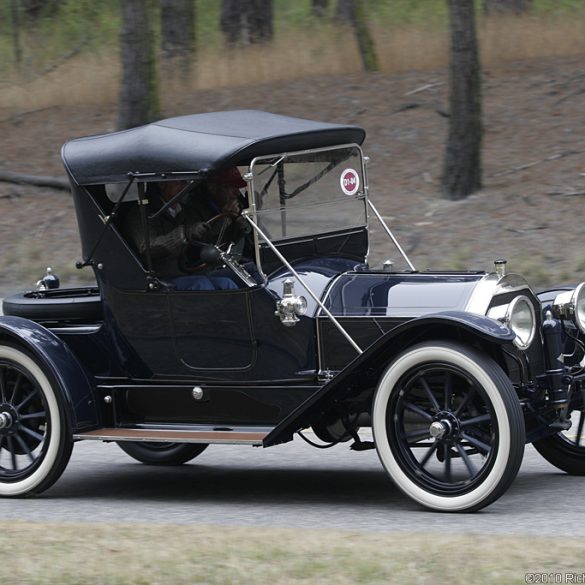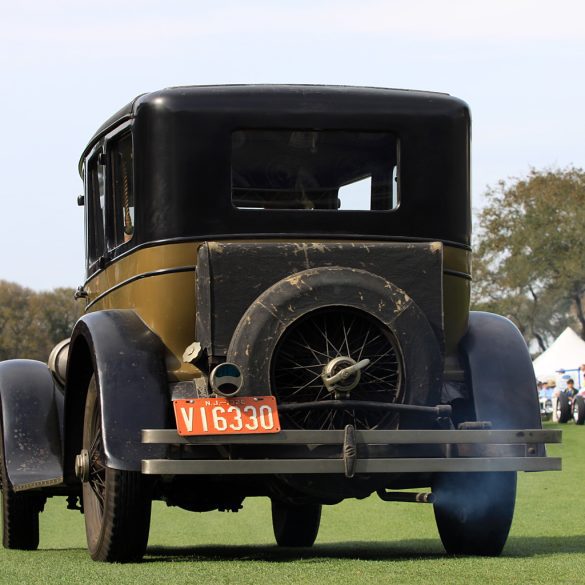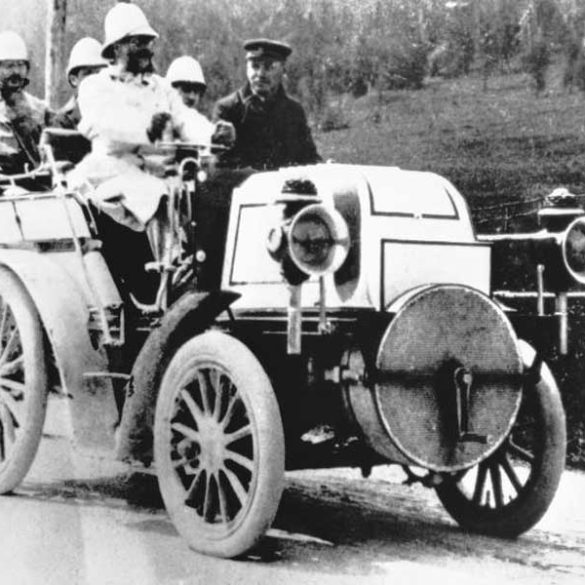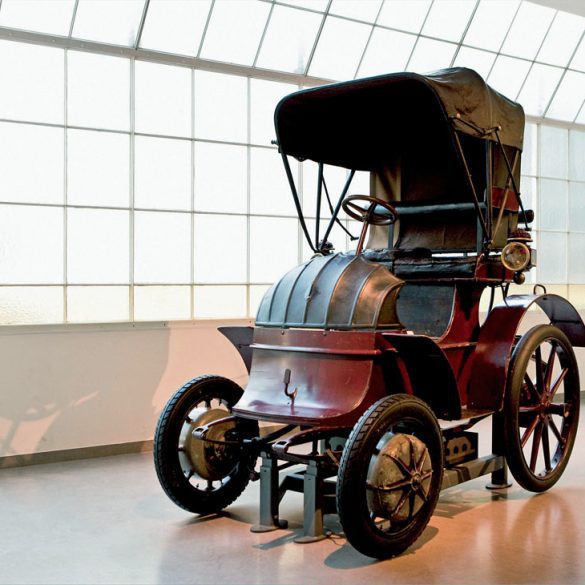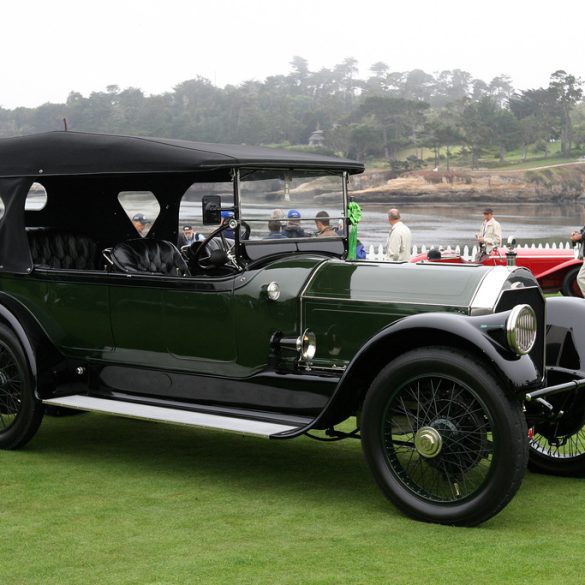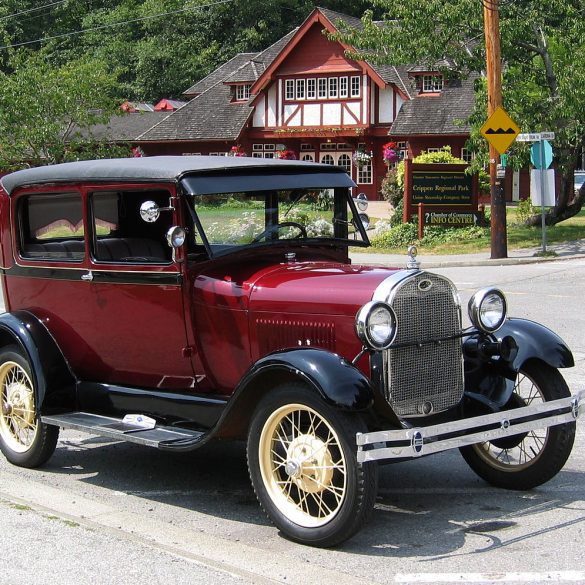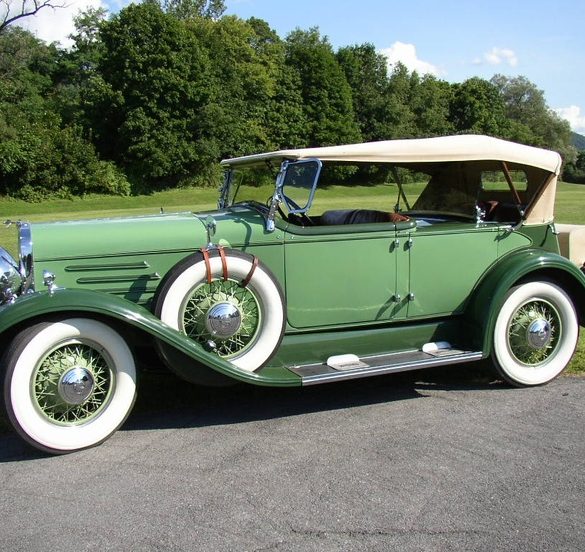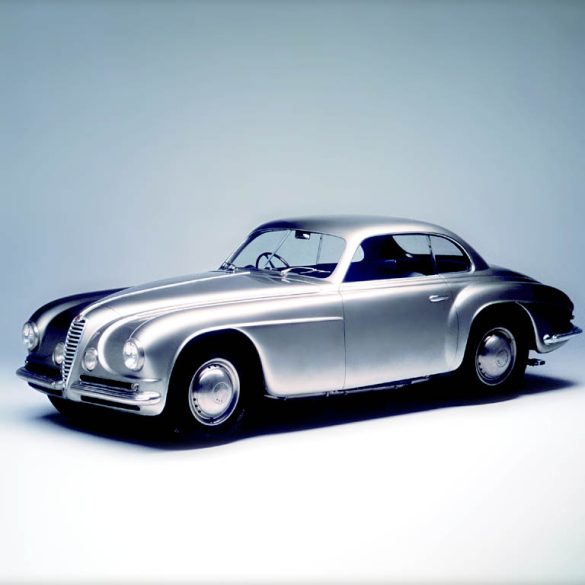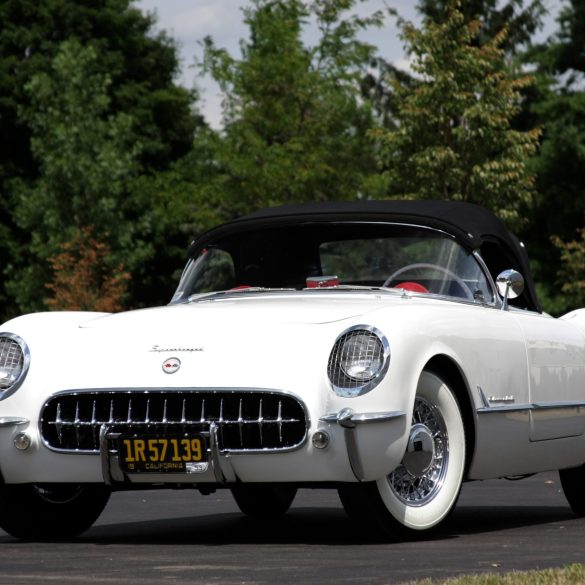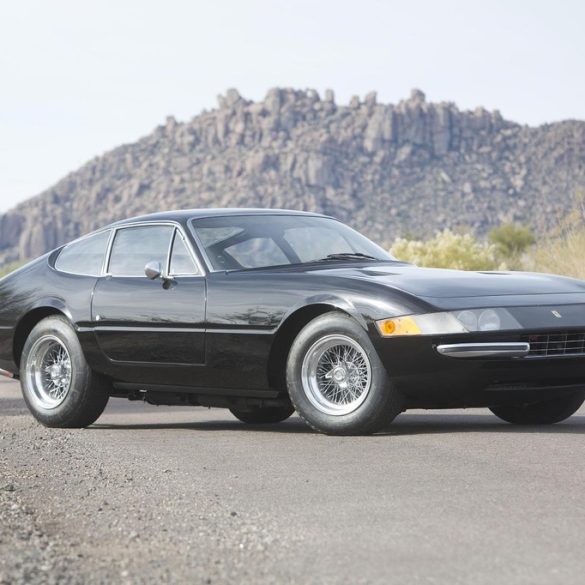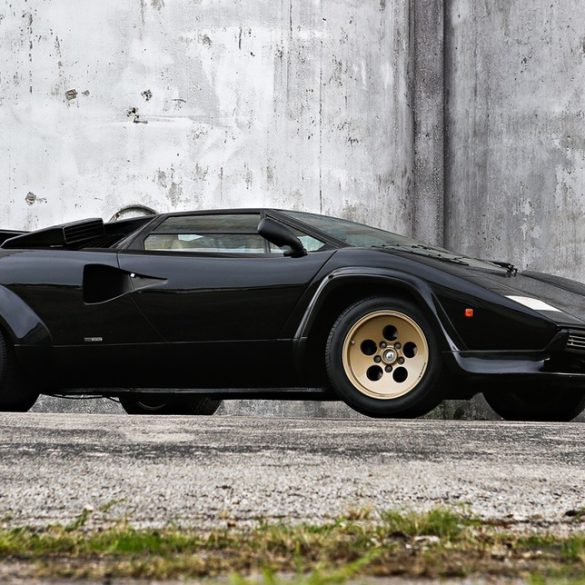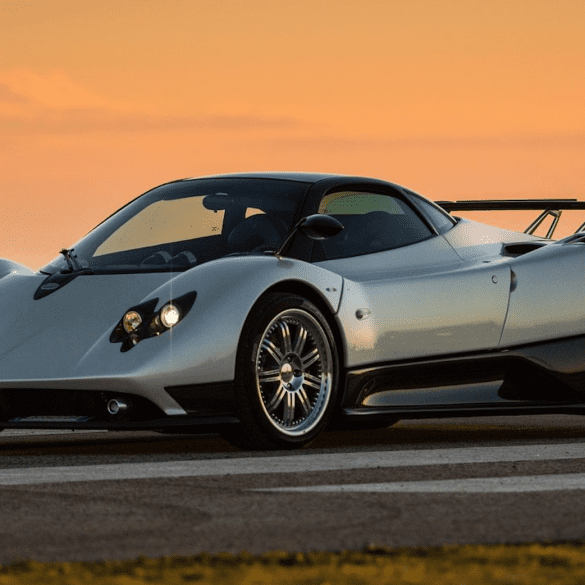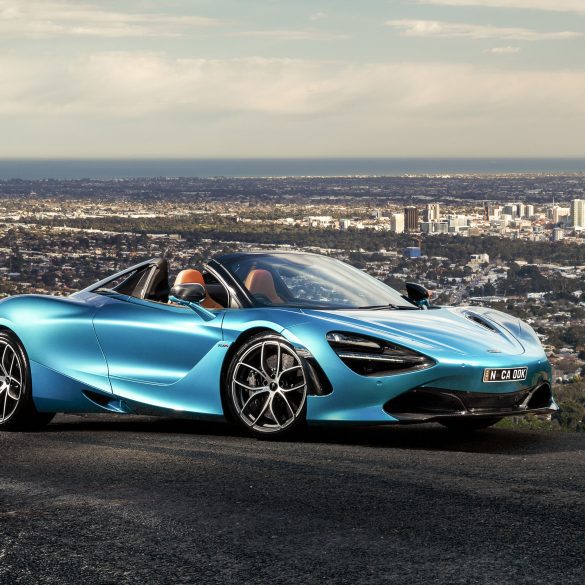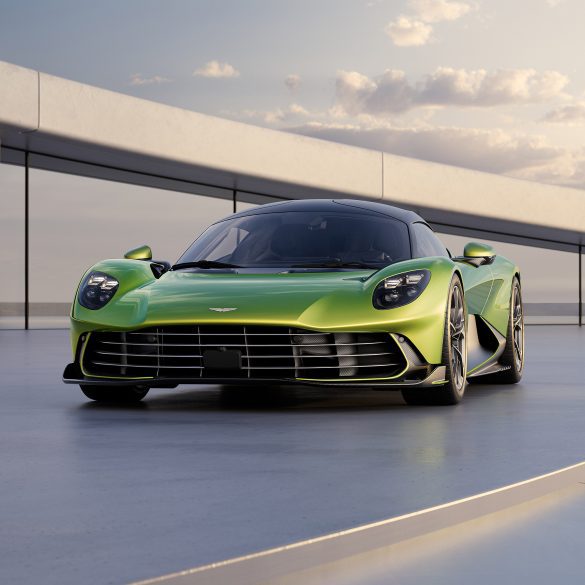Automobile Model List (1910 - 1919)
The 1910s were a decade of rapid innovation and growth for the automobile, with mass production significantly increasing affordability and accessibility. This era saw the rise of iconic models like the Ford Model T, advancements in engine technology, and the development of key features like electric starters and headlights, further solidifying the automobile's place in modern society.
History of Cars – The 1910s Cars
The Beginning. Things Get Interesting Really Fast.
The 1910s were a defining decade in automotive history, characterized by rapid industrialization, technological advancements, and the democratization of the automobile. While cars were already becoming more practical and reliable by the end of the previous decade, the 1910s witnessed the transition of automobiles from luxury items for the wealthy to mass-produced vehicles accessible to the general public. This era also laid the foundation for major car brands and innovations that shaped the future of the automotive industry.
The Rise of Mass Production: Henry Ford and the Model T
One of the most significant milestones of the 1910s was the advent of mass production, a concept perfected by Henry Ford. Although Ford had introduced the Model T in 1908, it was in the 1910s that the car became a mass-market phenomenon, thanks to Ford’s revolutionary manufacturing techniques.
Assembly Line Innovation (1913): In 1913, Ford introduced the moving assembly line at his Highland Park factory in Michigan. This innovation dramatically reduced the time required to assemble a car—from 12 hours to just 90 minutes. The increased efficiency allowed Ford to lower the price of the Model T, making it affordable for a much larger segment of the population. By 1914, the Model T was priced at $490, down from its initial $850 in 1908.
Impact of the Model T: The Model T's affordability, reliability, and ease of maintenance transformed transportation in the United States. By 1918, half of all cars on American roads were Model Ts. The success of the Model T established Ford as a dominant force in the automotive industry and demonstrated the power of economies of scale in manufacturing.
Global Expansion of the Automotive Industry
While the United States was leading the way in mass production, Europe saw significant developments in automotive design and engineering during the 1910s. European manufacturers focused on high-performance vehicles, luxury cars, and motorsport innovation.
Rolls-Royce and the Silver Ghost: Introduced in 1906 and refined through the 1910s, the Rolls-Royce Silver Ghost became renowned for its exceptional reliability and luxury. The Silver Ghost set new standards for automotive excellence and played a significant role in establishing Rolls-Royce’s reputation as a premier luxury carmaker.
Peugeot’s Motorsport Success: Peugeot, a pioneering French manufacturer, made significant strides in motorsport during this decade. The company’s success in racing, particularly in the Indianapolis 500 in 1913 and 1916, helped showcase European engineering prowess. Peugeot’s innovative use of dual overhead camshaft (DOHC) engines influenced future race car and performance car design.
Fiat’s Growth: Fiat, the Italian carmaker, expanded rapidly during the 1910s. By 1910, the company had already opened a factory in the United States, becoming one of the first European automakers to establish a presence in the American market. Fiat’s emphasis on technological advancement and export-oriented production helped solidify its position as a global automotive leader.
Innovations in Automotive Technology
The 1910s were a decade of significant technological innovation, with many features that would become standard in modern cars first appearing during this period.
Electric Starters One of the most important innovations was the development of the electric starter, eliminating the need for hand cranking. In 1912, Cadillac, under the leadership of Henry M. Leland, introduced the first mass-produced car equipped with an electric starter. This innovation greatly improved the convenience and safety of driving, particularly for women, who had difficulty using hand cranks.
All-Steel Bodies In 1914, the Dodge Brothers introduced the first car with an all-steel body, moving away from the traditional wood-framed designs. This change made cars more durable and easier to manufacture in large quantities.
Improved Tires and Brakes The 1910s also saw significant advancements in tire and brake technology. Pneumatic tires became more reliable, improving ride comfort and road handling. Additionally, the decade witnessed early experiments with hydraulic brakes, though widespread adoption would come later.
The Automobile and World War I
World War I (1914–1918) had a profound impact on the automotive industry. The war accelerated the development of certain technologies, including four-wheel drive, improved suspension systems, and more robust engines. Automobiles played a crucial role in military logistics, with vehicles such as the Ford Model T ambulance and various military trucks becoming essential to wartime operations.
American and European Contributions: Both American and European automakers produced vehicles for military use during the war. In the United States, companies like Ford, Dodge, and Cadillac provided thousands of vehicles to the Allied forces. In Europe, manufacturers such as Renault and Peugeot were instrumental in developing military vehicles and tanks.
Post-War Boom: After the war, surplus military vehicles and advancements in automotive technology helped spur growth in the civilian automotive market. Soldiers who had become familiar with motorized vehicles during the war returned home eager to own cars themselves, further fueling demand.
Establishment of Iconic Brands
Several iconic car brands that are still recognized today were founded or gained prominence during the 1910s:
Chevrolet (1911): Founded by Louis Chevrolet and William C. Durant, Chevrolet quickly became a competitor to Ford by offering more stylish and powerful vehicles. By the end of the decade, Chevrolet was well on its way to becoming a major American automaker.
BMW (1916): Bayerische Motoren Werke (BMW) was founded in 1916 in Germany, initially producing aircraft engines during World War I. After the war, BMW transitioned to motorcycle and automobile production, eventually becoming one of the world’s leading luxury car manufacturers.
Maserati (1914): Maserati was founded in Bologna, Italy, in 1914 by the Maserati brothers. Initially focused on motorsport and high-performance vehicles, Maserati would later become synonymous with Italian luxury and racing excellence.
Cultural and Social Impact
By the end of the 1910s, cars had begun to change the way people lived and worked. The affordability of mass-produced cars like the Model T made personal transportation accessible to millions, reshaping cities and rural areas alike. Roads were improved to accommodate the growing number of vehicles, and the concept of long-distance travel became more feasible for ordinary families. Automobiles also had a significant social impact, providing greater personal freedom and mobility. They contributed to the rise of suburban living and changed the dynamics of dating, leisure, and work commutes.
Conclusion: The 1910s as a Decade of Transformation
The 1910s were a pivotal decade in the history of cars, marking the transition from experimental machines to mass-produced vehicles that would shape modern life. Innovations in manufacturing, design, and technology laid the groundwork for the automobile to become a central part of society. By the end of the decade, cars were no longer a luxury for the wealthy but a practical tool for the masses, heralding the dawn of the automobile age. As the 1920s approached, the stage was set for even greater advancements, from the rise of competition among manufacturers to the birth of iconic models that would define the next century of automotive history.


